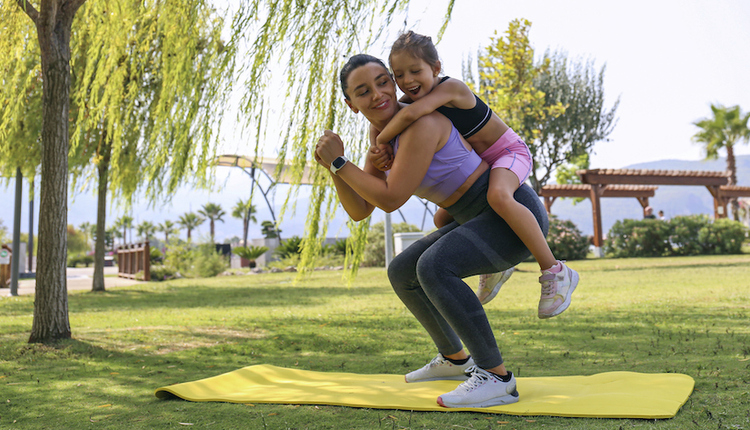
The understanding of the science of movement and training is continually evolving. Staying current and broadening your knowledge of how the body moves becomes paramount for your continued success. As instructors, teachers, coaches and practitioners in roles which are geared toward understanding the nuts and bolts of the human body, look to continually elevate your education by staying on top of the current fitness trends and training methodologies.
Everyone you train is as unique as a snowflake, meaning no two people are the same. Genetics, lifestyle, fitness and health history all play into what is the best training methodology to use to get optimal results. The broad spectrum of training ranges from beginner participants to fitness enthusiasts to elite athletes of a wide variety of ages, injuries, bodies and stories. Even when dealing with the exact same surgery or injury, you will have different protocols and approaches depending on who you’re looking at.
By no means can we fully understand all intricate aspects of the human body, but a couple simple reminders prove to be highly beneficial not only to you as the professional, but also to your clients.
1. What is the “Why?”
Often times, we’re looking for the latest and greatest prop, new tool or exercise for our clients. While this is not always a bad thing, it is crucial to consider what the benefit is to you and your clients. After all, a tool is only as good as the use. Before jumping on the bandwagon, ask yourself, “Why?” Critical assessment of exercises and appropriateness is your strongest asset in program design. When you explain the “why behind the what,” it takes training to the next level and creates a goal-specific environment for your participant.
2. Comfort creates confidence
Create confidence through gradual and intelligent exercise design. Master the basics and build from the foundation to give your clients the skills to take on more challenging endeavors. Instead of thinking about the next “party tricks” in a session or class, analyze the benefits. The most basic exercises are often the most rewarding in the long run. This might be as simple as a mobility bridge, plank or squat. Confidence and positive reinforcement come from the ability to grasp a task, master it and move forward. For example, when a client first starts, they may only be able to do a shallow squat, but with your guidance they will improve the depth and execution through enhanced joint mobility and increased strength and stability to develop significant volume and load. This allows for progression and advancement in skills.
3. Apply science to movement
Understanding anatomy and biomechanics, analyzing movement quality, and coaching specifically to your clients’ needs will lead to the best results. The science of training is continually evolving. Anatomy and movement are being redefined. Being on top of the most current knowledge and constantly upgrading your skills will give you a superior advantage in attracting and retaining clients.
We are all coaches of movement no matter the methods and techniques we advocate. As your journey progresses and the desire for greater knowledge of how the body moves, the opportunity to become an Integrated Movement Specialist will enhance your skills and business.
For more information on this program and the tools associated with this comprehensive certification, please visit us at Balancedbody.com.
















